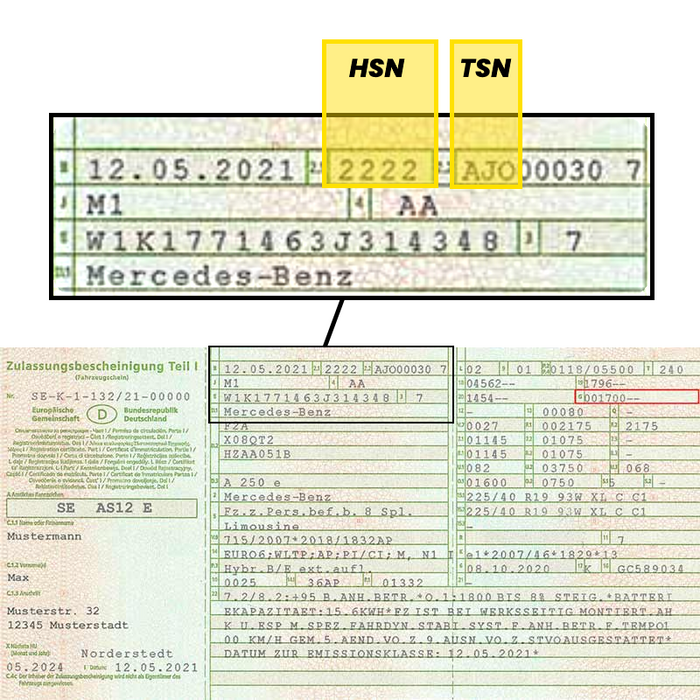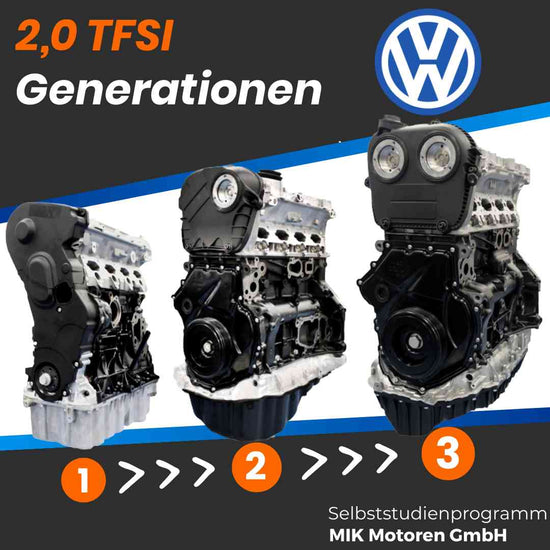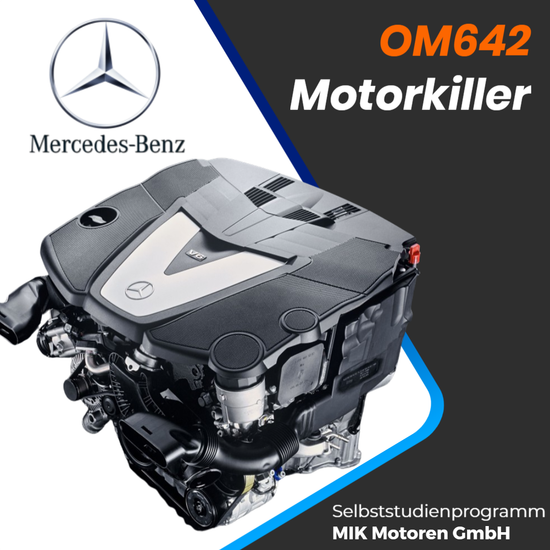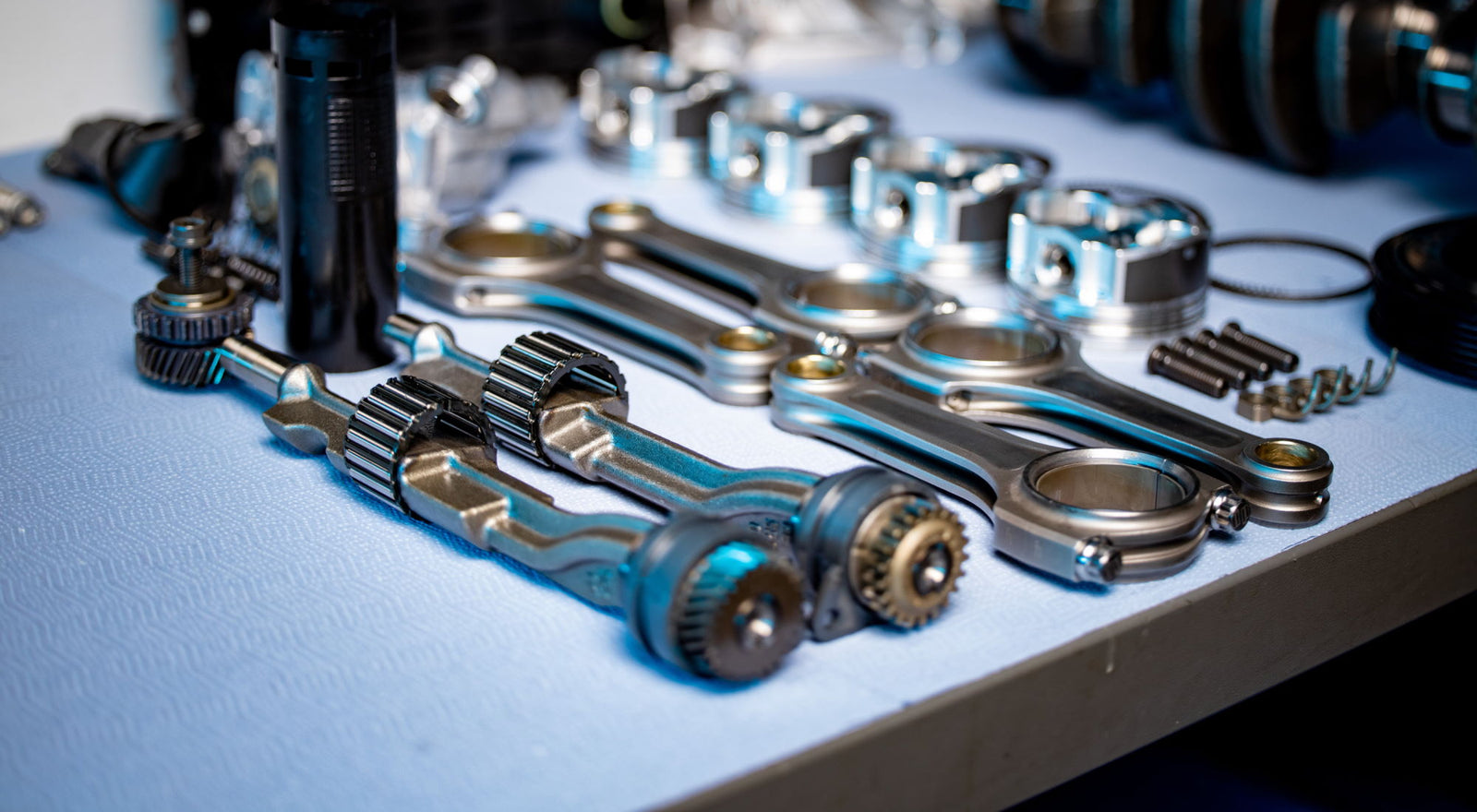OM642 - 3.0L DIESEL ENGINE
"Der 3.0-liter turbo diesel with the engine code OM642 from Mercedes Benz is a prime example of how versatile and consistently an engine design can be utilized. For decades, the OM642 engine has been installed in a variety of Mercedes models, making it the absolute workhorse in the portfolio of the Stuttgart automaker.
Despite its widespread use and long service life, the OM642 is not free from problems and errors. Especially when it comes to the durability of certain components, the V6 diesel engine still shows some weaknesses. Improper handling and maintenance can lead to malfunctions and significant engine damage.

WEAK POINTS
The OM642 engine, a diesel engine known for its technical finesse as well as its weaknesses, poses a real challenge for many of its vehicle owners after a certain mileage.
1.) One of the most frequently discussed issues concerns the leaks at the seals of the Heat exchangers and the accompanying dramatic consequential errors. This specific vulnerability leads to significant costs, as the replacement of these so-called "penny seals" requires extensive preparation and the heat exchanger (oil cooler) is not easily accessible. For this reason, many vehicle owners prefer to tolerate a few oil stains on the underbody protection rather than fix the leaks in the oil cooler. Ignoring the correct procedure for this repair has fatal consequences.
2.) The OM642 engine uses a Bosch common rail fuel system, which is known for its performance. However, the components used Piezo injectors high demands on the quality of diesel fuel, which makes them quite susceptible to wear. A defective injector has a direct impact on the components of the engine mechanics of the OM642. The pistons can melt or even break under the influence of poorly atomized fuel. If fuel gets into the oil, it becomes heavily diluted and can no longer guarantee its lubricating properties. The result is often a major engine failure, as we will discuss in the course of this article.
3.) Another weak point of the OM642 engine is the Fuel quantity control valve In the injection pump, which has a tendency to regular failures. The replacement is simple and a malfunction usually does not lead to consequential damage, as the uneven engine running and the storage of errors in the error memory are noticed early and a repair can be initiated.
4.) Often unnoticed is the pollution of the Swirl flaps, which are located within the charge air distributors. The exhaust gas recirculation system (EGR) supplies cooled exhaust gases to the charge pressure distributors and later to the combustion process. This system is essential for compliance with exhaust emission regulations. The recirculated exhaust gases contain large amounts of soot particles, which accumulate in the form of oil carbon on the surface of the charge pressure distributors. These contaminants regularly lead to malfunctions of the swirl flaps, which are indispensable for the torque curve of the engine. Consequently, the OM642 engine loses power or can be severely damaged by dislodged oil carbon particles. The regular cleaning of these components is - like many maintenance tasks - unfortunately not included in the inspection interval of the OM642. We will change that!
5.) Regarding the Turbochargers a robust Garrett turbine is installed, which typically operates for up to 300,000 kilometers without noticeable noise, provided that the necessary lubrication and cooling of the component are ensured. The variable turbine geometry (VTG) system can become blocked due to heavy contamination. A common cause of damage to the OM642 turbine is collisions with particles, as well as lubrication failure due to insufficient oil pressure or poor oil quality.
6.) Ultimately, the OM642 engine is known for frequent leaks in the lubrication system and the Oil pump It is not considered particularly powerful. Since the engine is sensitive to low oil pressure and no warning signals from the manufacturer are provided in the cockpit, a drop in oil pressure and the associated loss of lubrication goes unnoticed. Only when damage becomes clearly audible or the engine seizes do vehicle owners seek out an auto repair shop. However, by then it is often too late for a smart repair.
THE SOLUTION
Since the weaknesses of the OM642 engine are often in a capital engine damage If no measures are taken by the manufacturer to avoid these problems, the vehicle owner must either take action themselves or have one of our selected partner companies nearby install a MIK Upgrade Oil Pump to commission to protect its V6 diesel engine in the long term from massive wear due to insufficient oil pressure.
Regular engine maintenance is worthwhile, as we not only protect your OM642 engine from known damage, but also improve its longevity and thereby ensure the proper functioning of the engine in the future through a Motor Protection Guarantee!
TOTAL FAILURE OF OM642
One of the most common causes of a catastrophic engine failure in the OM642 is bearing damage in the area of the main bearings or connecting rod bearings after a mileage of between 150,000 and 200,000 kilometers. These damages are often associated with interventions on the engine, such as the replacement of the heat exchanger (oil cooler) or the replacement of the turbocharger, where there is a risk that dirt particles can enter the main oil channel and thereby cause significant damage to the bearing shells of the OM642. Interestingly, these problems also occur without any work being done on the engine, indicating deeper underlying causes.


Some automotive workshops proceed with the utmost care to avoid particle entry into the main oil channel, and therefore carry out extensive cleaning work before replacing the heat exchanger or turbocharger. Nevertheless, issues continue to occur regularly. Warehouse damages The damage typically manifests as knocking noises from the crank drive of the OM642 engine and metallic wear, which is usually found in the oil filter but can also be present in the oil pan. Further investigation reveals that the crankshaft is always damaged at least at one main bearing and the corresponding connecting rod bearing. read more
REPAIR - A REAL CHALLENGE
Processing of the main bearing groove of an OM642 engine block:
- Restore the plan area of the storage racks
- Measure the position of the storage brackets
- Drilling the storage aisle
- Finish by means of horizontal honing to create roundness, alignment, and surface.
- Introducing new grooves for the reinforced bearing shells
- Measuring the crankshaft
- Check piston protrusion and rework if necessary
- Check the escape of the shaft seal and, if necessary, rework it.
read more
ADDITIONAL KNOWLEDGE DOCUMENTS
Discussion 😍 😮 😇😫 😤😉
We invite you to share your experiences with us and to present, discuss, and make the OM642 a significantly better engine.
The longevity of your engine is our mission!
Suggestions for additional articles and self-study are very welcome!







8 comments
Hallo, ich fahre meine R Klasse 350 CDI (Leistungsoptimiert auf 315 PS) seit 6,5 Jahren, aktueller Tachostand 335.000 Km.
Das Problem mit dem Ölkühler habe ich schon sehr oft gehört, selbst aber bis heute kein Problem damit gehabt. Turbo wird meiner Meinung nach nur kaputt, wenn zu früh bei kaltem Motor Gas gegeben wird und vor allem wenn der Motor im heißen Zustand abgestellt wird.
Das Problem mit den Injektoren hatte ich bei meiner C Klasse, bei 360.000 km, dies führt zu einem Totalschaden. Die Injektoren waren allerdings von febi und nicht von Bosch, da ich dies nicht noch einmal erleben möchte werde ich diese zeitnah tauschen.
Das mit den Drallklappen schaue ich mir an, da ich aber sehr, sehr zügig unterwegs bin und bei jeder Fahrt (mindestens 150 km) den Wagen weit über 220 Km (oft auch 250 km) bewege, gehe ich davon aus, dass Ruß kein Problem sein sollte.
Ich bin kein gelernter Kfz Mechaniker, trotzdem war meine R Klasse noch nie in einer Werkstatt. Ich habe noch zwei Sprinter mit dem selben Motor, beide auf 240 PS optimiert, diese werden auch k
Hi Boris, ich fahre selbst 2 OM642 und beide hatten bereits einen Lagerschaden. Eben genau wie oben beschrieben. Habe beide Motoren durch gebrauchte ausgetauscht, als sie noch etwas günstiger waren. Heut zu Tage absolut undenkbar bei den Preisen für gebrauchte Motoren für 5000€+++
Den Öldruck misst du am besten über das Filtergehäuse. Da gibt es hier so ein Tool das nennt sich EasyCheck.
Ansonsten mit Hilfe eine Öldruckmessergerätes an der Bohrung für Sensoren oder am Verschlussstopfen des Ölkanals.
Die DRALLKLAPPEN kann man selbst mit etwas Geschick reinigen. Ansonsten Werkstatt aufsuchen.
LG
Hey, ich besitze einen ML 350 CDI mit 250.000km Laufleistung. Bisher keine Probleme. Ich kann natürlich nicht sagen, was der Vorbesitzer gemacht hat. Ich fahre den Wagen seit knapp 70.000km.
Wie messe ich am einfachsten den Öldruck?
Kann man die Drosselklappen selbst reinigen?
Für Hilfe bin ich dankbar.
LG Boris